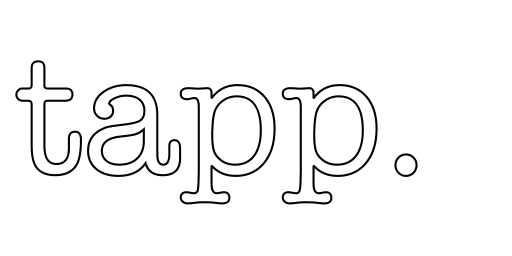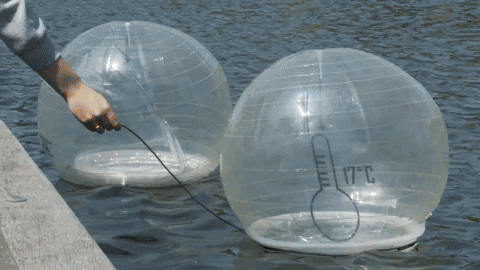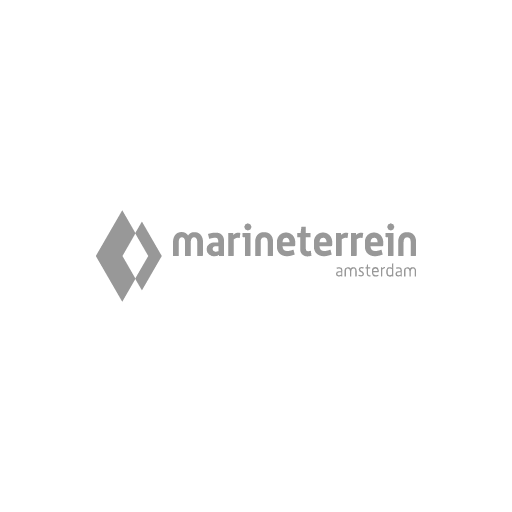How do people know when it’s safe to swim in canals, harbors or other waterways?
The Challenge
The Marineterrein is the most popular urban oasis in Amsterdam and needs a reliable ‘safe-to-swim’ system to ensure public safety amidst changing climate conditions. With increasing rainfall and flooding, bacteria levels pose health risks to swimmers. Areas like this need a real-time notification system to alert visitors of high-risk/low-risk moments to swim. Tapp collaborated with the Urban Interaction Design students from the Amsterdam University of Applied Sciences to prototype solutions indicating safety states. Partnering with Waternet and MicroLan, this initiative was aimed to safeguard swimmers and can be scaled nationwide through Rijkswaterstaat’s ‘connected river’ program.
The Solution
Students from various backgrounds in design, engineering, social science, and business formed two groups. Each team developed two solutions exploring a “Safe to Swim notification system” to clearly indicate to the public when it’s safe to dive into the water. The students prototyped solutions that explored various states of safety (e.g., light, sound, or movement) to inform the public when it’s safe (or not) to swim. Team 1 developed a concept of floating swim-lane balls that later became larger-than-life transparent bubbles capable of floating on the water and displaying information such as water temperature, time, and real-time water quality. Team 2 explored old swim clocks usually found in public pools or sporting clubs. They mocked up a 1:1 Marineterrein-branded kiosk design as a ‘public awareness’ info board to change the minds of swimmers if E. coli bacteria levels were too high. Both teams tested their designs with the general public to understand how their concepts could be improved.
Location: Marineterrein, Amsterdam, The Netherlands
Year: 2023
Duration: 8 Weeks
Partners:




